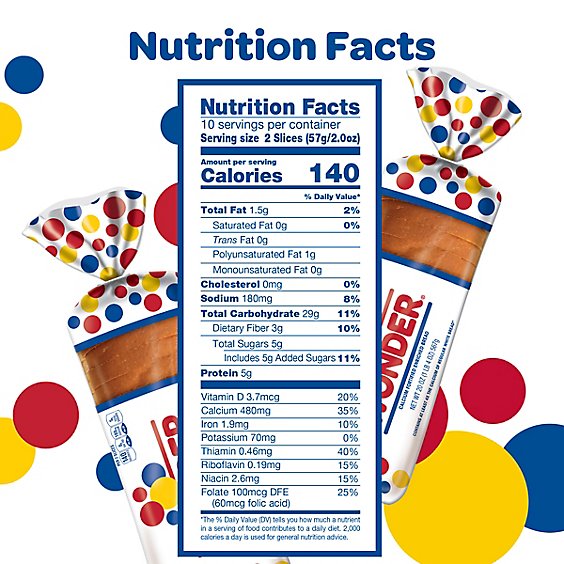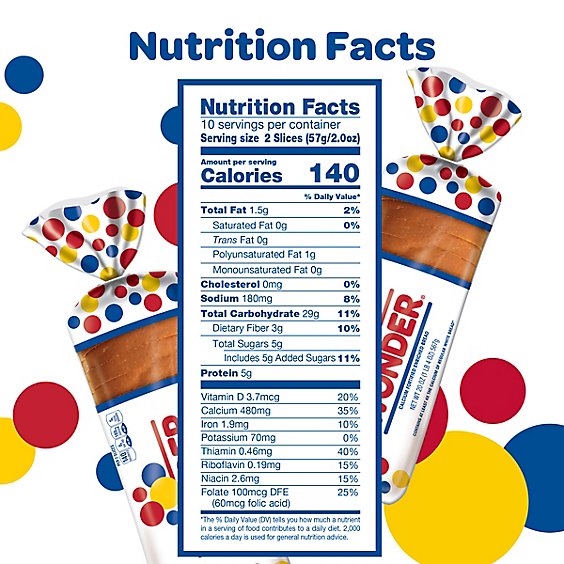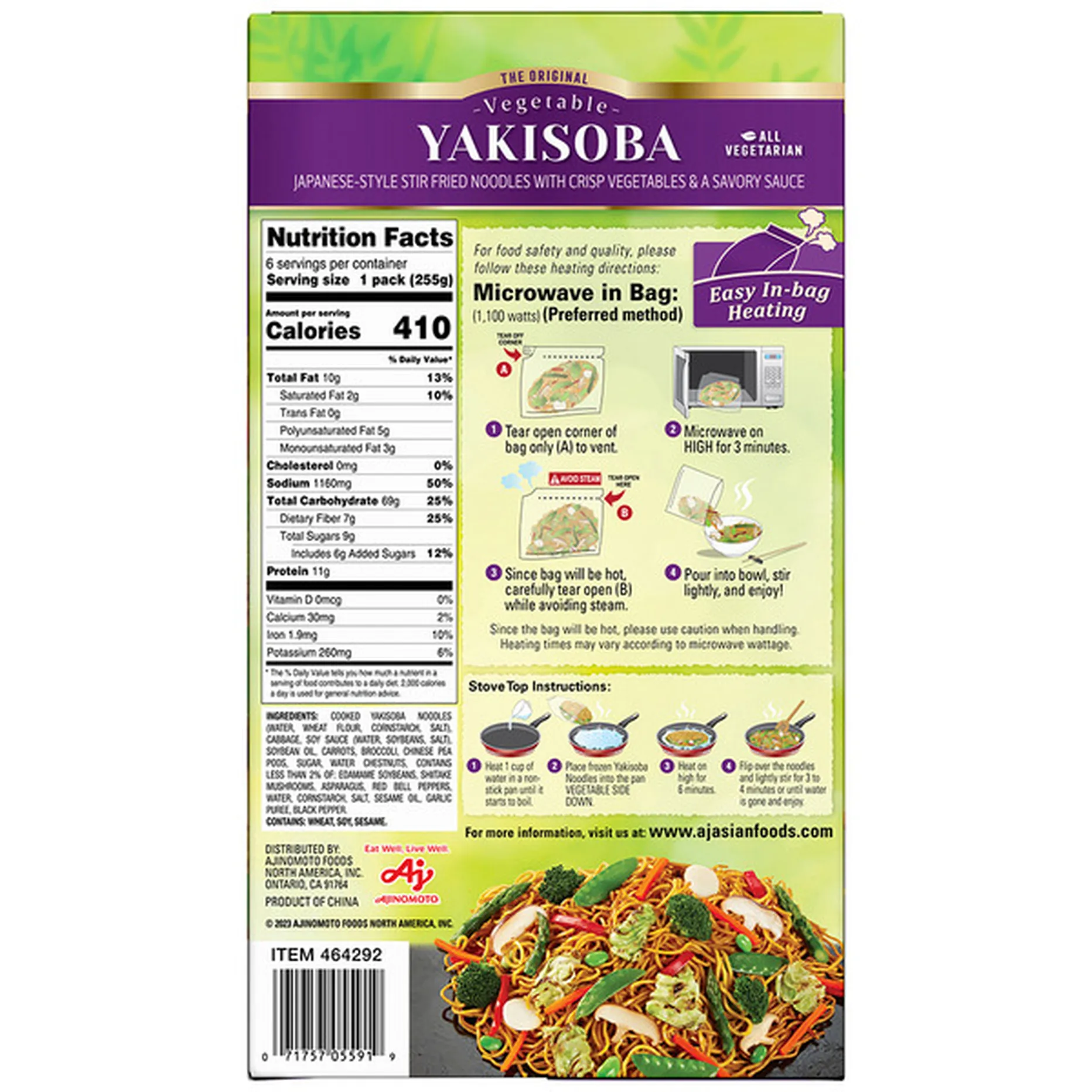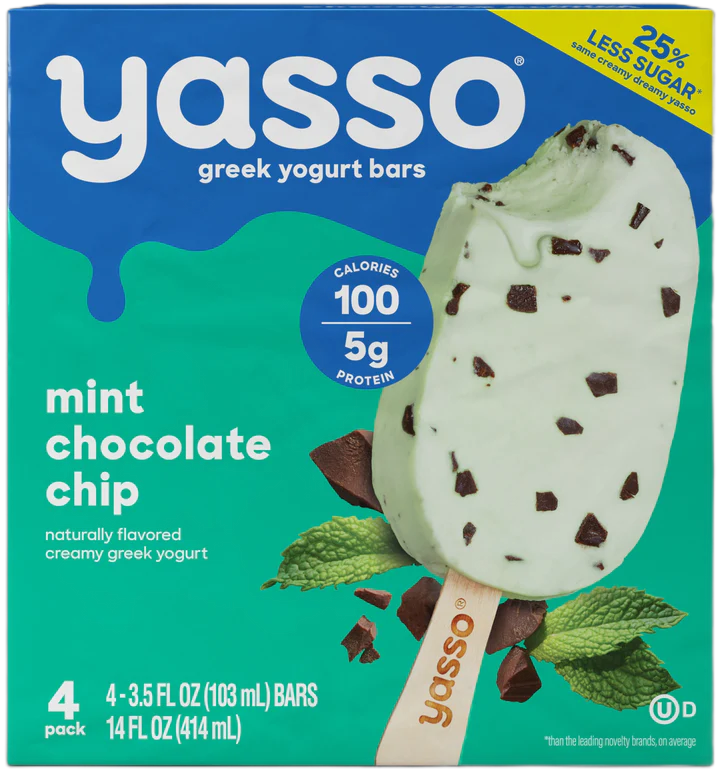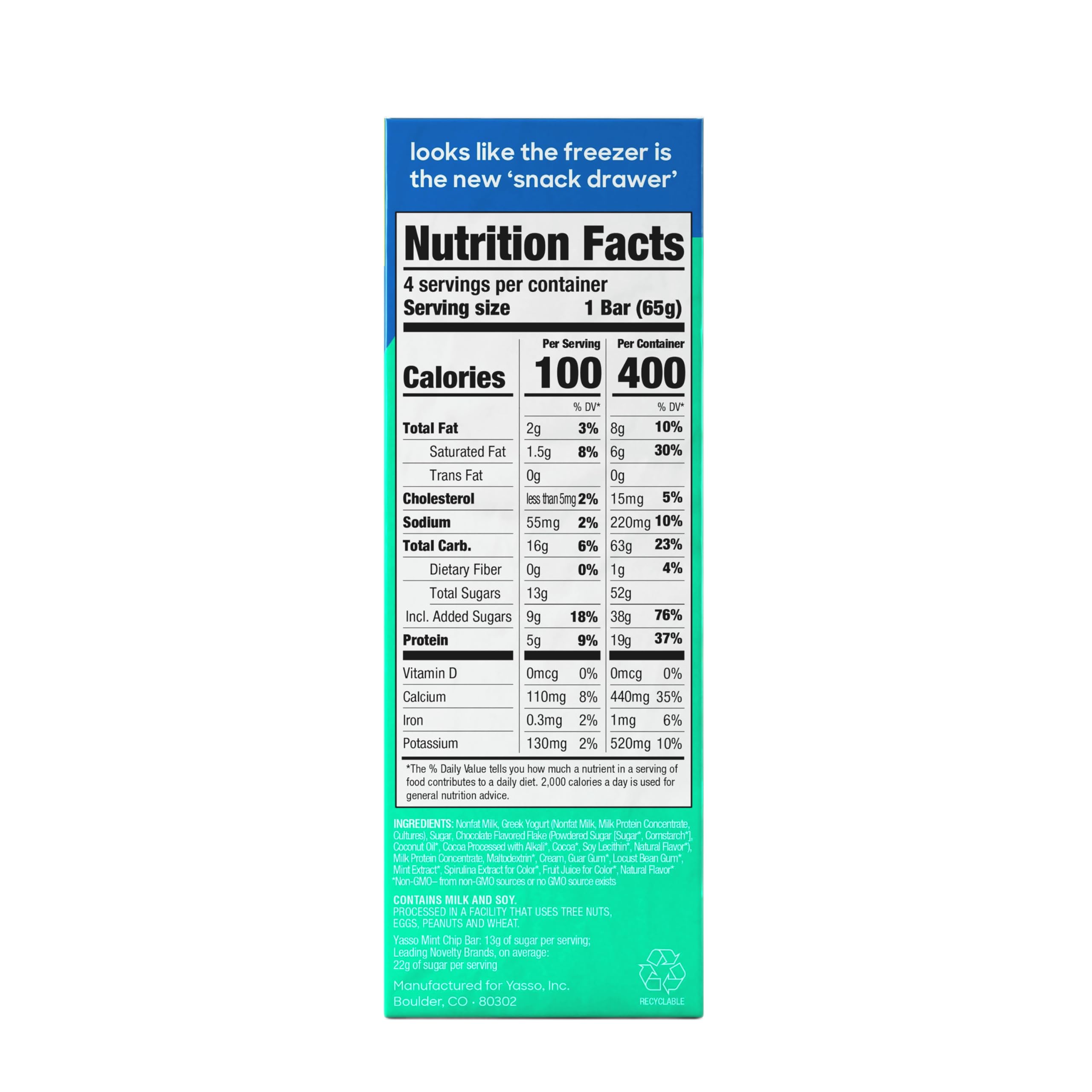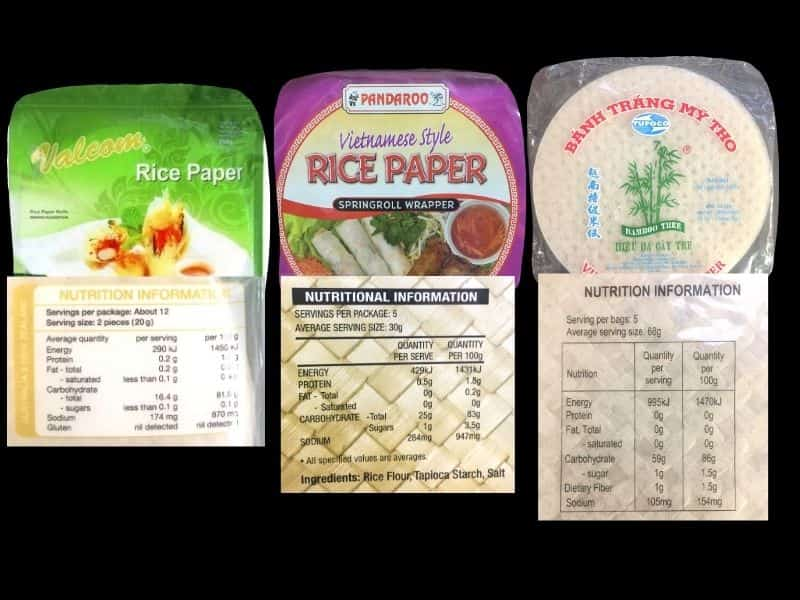
Rice paper is low in calories and contains minimal amounts of carbohydrates and no protein or fats. It’s primarily used in Asian cuisine for rolls and desserts.
Understanding the nutritional content of rice paper is essential for those monitoring their dietary intake, especially when considering weight management or carb-controlled diets. Rice paper offers a gluten-free alternative for wrapping food, which caters to individuals with gluten sensitivities or celiac disease.
Its delicate texture and mild taste make it a versatile ingredient in the kitchen. By integrating rice paper into your meals, you can enjoy a variety of dishes while maintaining control over your calorie consumption. Perfect for health-conscious diners, rice paper is an excellent choice for creating light, nutritious meals without the added bulk of heavier wraps or bread.

Credit: www.amazon.com
Introduction To Rice Paper
Rice paper stands out in the culinary world. It is light, edible, and made from rice. The unique texture of rice paper offers a distinctive base for many dishes. It is a vital ingredient in various cultural recipes. This versatile food staple is rich in history and usage.
Origins And Popularity
Rice paper originates from Vietnam. Over the years, its popularity grew. Today, people all around the world enjoy rice paper. Its popularity stems from its convenience and health benefits. In many Asian dishes, rice paper is a common sight.
Culinary Uses
Cooks love using rice paper because it is so versatile. Here are some of its uses:
- Spring rolls: a classic dish that wraps veggies and meat.
- Desserts: used to create unique, sweet treats.
- Dumplings: rice paper can house savory fillers.
Rice paper can be dipped in water to soften. Then, it rolls easily around fillings. Chefs across the globe value the subtle taste and pleasing chewiness. This allows the flavors of the fillings to stand out. Its nutritional benefits also make it a favorite for health-conscious diners.
Nutritional Profile
Rice papers are a popular ingredient in Asian cuisine, often used for rolls and dumplings. This edible paper is made from rice flour, salt, and water. Let’s delve into the nutrition facts and discover the benefits of including rice paper in a healthy diet.
Calorie Content
Rice paper is a low-calorie choice for meal planning. A single sheet typically contains:
- 30 to 40 calories, perfect for weight management.
- Minimal fat, aiding in heart-healthy diets.
Macronutrients
The macronutrients in rice paper support balanced nutrition. They consist of:
| Macronutrient | Amount |
|---|---|
| Carbohydrates | 8-10 grams per sheet |
| Protein | 0-1 grams, for muscle repair |
| Dietary Fiber | 1-2 grams, aiding digestion |
| Total Fats | 0 grams, making it fat-free |
Vitamins And Minerals
While rice paper is not a significant source of vitamins or minerals, it contains small amounts of:
- Iron, for oxygen transport in blood.
- Calcium, for bone health.
Rice paper can complement nutrient-dense fillings like vegetables and lean proteins, boosting the overall nutritional value of a meal.
Dietary Benefits
Rice paper stands out with its unique dietary benefits. It’s a versatile food wrapper loved by many. Packed with benefits, it supports various diet plans. This read will dive into its gluten-free nature, low-fat content, and weight management potential. Discover why adding rice paper to meals could be a significant step towards better health.
Gluten-free Alternative
Rice paper is a dream come true for gluten-sensitive individuals.
- It’s made from rice flour and water.
- No wheat, no gluten.
- Ideal for coeliac diets.
It acts as a perfect wrapping base for fresh rolls and spring rolls. Using rice paper introduces variety into a gluten-free diet without worry.
Low-fat Composition
Rice paper is naturally low in fat.
| Ingredient | Fat Content |
|---|---|
| Rice Flour | Almost fat-free |
| Tapioca Starch | Minimal fat |
Each sheet is a light choice. Meals become lighter. The body feels better. Good for heart health.
Potential For Weight Management
For those tracking calories, rice paper is a significant ally.
- Low calorie count per sheet.
- Satiety without high calories.
- Supports balanced eating habits.
Healthy meals can include rice paper without disrupting calorie goals. It’s a smart addition to weight management plans.
Considerations And Limitations
When exploring the world of rice paper, it’s crucial to consider nutrition. Rice paper can seem like a light and healthy option, but it’s important to understand its full nutritional profile. This section dives into key considerations and limitations you should keep in mind.
Sodium Levels
Rice paper can contain high levels of sodium, which is critical for flavor but can be a concern for those monitoring their salt intake. Overconsumption of sodium is linked to high blood pressure and heart issues. A careful look at rice paper packages will help you choose brands with lower sodium levels.
Lack Of Dietary Fiber
Don’t rely on rice paper for fiber. Most rice paper contains little to no dietary fiber, an essential nutrient that helps with digestion and maintains blood sugar levels. To boost fiber intake, add fresh vegetables or brown rice when using rice paper in your meals.
Processing And Additives
Like many packaged foods, rice paper undergoes processing which can lead to the addition of unwanted additives. These might include preservatives to increase shelf life or chemicals to maintain texture. Always read labels to ensure you’re choosing the purest form of rice paper, free from unnecessary additives.
| Nutrition Fact | Value |
|---|---|
| Sodium per serving | Varies by brand |
| Dietary Fiber per serving | Negligible |
| Possible Additives | Preservatives, texture enhancers |
Incorporating Rice Paper In Meal Planning
The versatile sheets known as rice paper offer nutritious benefits and seamless inclusion into everyday meal planning. Ideal for health-conscious individuals, these thin wrappers are low in calories and can transform snacks and meals into wholesome delights.
Healthy Recipes
Rice papers are a perfect canvas for creating delicious and healthy meals.
- Spring rolls: Stuff with fresh veggies, lean protein, and herbs.
- Rice paper samosas: Fill with spiced lentils and bake instead of frying.
- Sweet wraps: Combine fruits with a splash of honey for a simple dessert.
Balancing With Other Nutrients
Integrate rice paper with nutrient-rich foods for a balanced diet.
| Food Pairing | Nutrient |
|---|---|
| Lean meats or tofu | Protein |
| Mixed greens | Fiber and Vitamins |
| Quinoa or brown rice | Complex Carbs |
Portion Sizes
Being mindful of portions is key to enjoying rice paper while maintaining overall health.
- Aim for two to three medium-sized rolls as a single serving.
- Pair rolls with a side salad for a full meal.
- Use smaller rice papers for snacks to manage calorie intake.
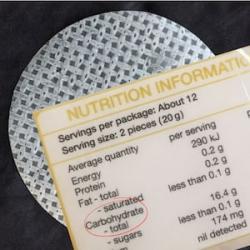
Credit: www.ricepaperroll.com.au
Rice Paper Vs. Other Wrappers
Rice paper has become a favorite for healthy eating. It is light and versatile. Rice paper offers a gluten-free option for wrapping savory or sweet fillings. But how does it measure up against other wrappers? Let’s dive into the details!
Comparing Calorie Counts
Calorie count is crucial for those monitoring their intake. Rice paper wraps are a lean choice in comparison to other popular wraps. A single rice paper typically contains 30-40 calories. This is lower than many alternatives. Below is a comparison.
| Type of Wrapper | Calories Per Serving |
|---|---|
| Rice paper | About 30-40 |
| Flour tortilla | 90-150 |
| Corn tortilla | 50-60 |
| Spring roll wrapper | 80-110 |
Different Wrapper Types For Dietary Needs
Dietary needs vary from person to person. Here’s how rice paper fares against other types:
- Gluten-Free: Rice paper is naturally gluten-free, unlike many traditional wraps.
- Lower Carb: For a lower-carb option, rice papers have fewer carbs than breads or tortillas.
- Vegetarian/Vegan: Made from rice flour and water, rice paper suits plant-based diets.
- Dairy-Free: Unlike some wraps, rice paper doesn’t contain dairy.
Choose the right wrapper for your diet. Rice paper is a healthy, adaptable wrapper for various recipes. Enjoy the lightness and freshness it brings to meals!
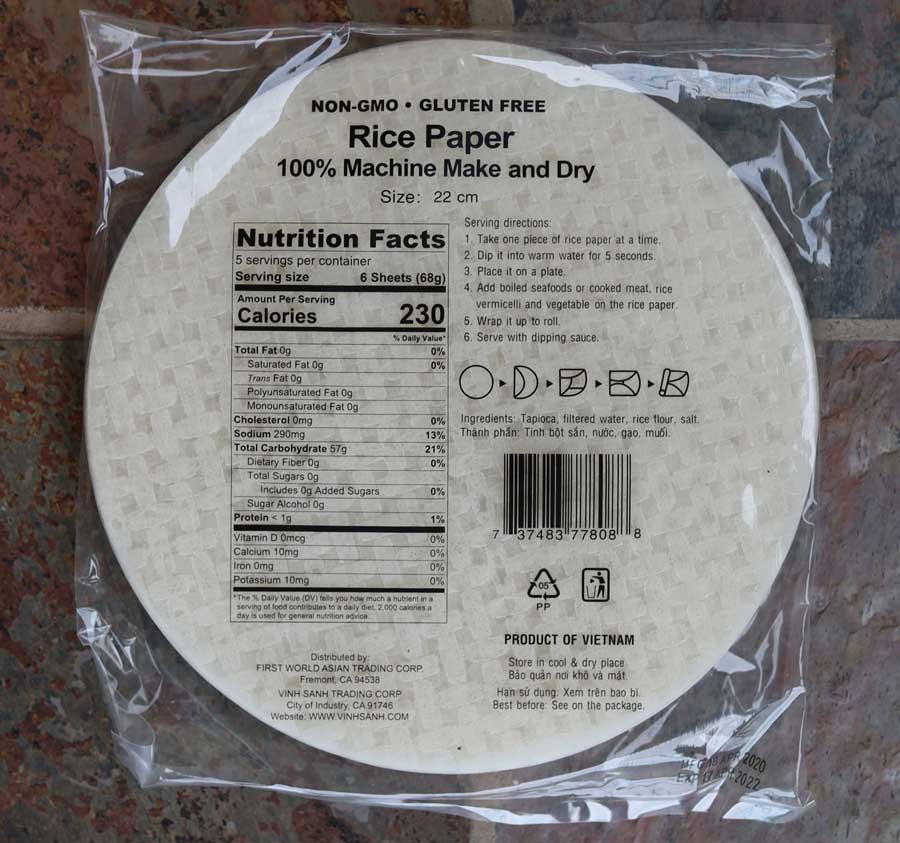
Credit: importfood.com
Frequently Asked Questions For Rice Paper Nutrition Facts
How Healthy Is Rice Paper?
Rice paper is a low-calorie alternative to other wrappers, offering a gluten-free option that’s light and easy to digest. Its nutritional value is minimal, but it can be part of a healthy, balanced diet when filled with nutrient-rich vegetables and lean proteins.
Is Rice Paper High In Carbs?
Yes, rice paper is high in carbohydrates, typically containing around 30-40 grams per serving.
What Is The Nutritional Value Of Rice Paper Wraps?
Rice paper wraps are low in calories, with about 30-40 per wrap, contain minimal fat, and are gluten-free. They offer a trace amount of protein and are a simple carbohydrate source. They have small amounts of iron and fiber.
What Is The Nutritional Value Of Edible Rice Paper?
Edible rice paper is low in nutrients, primarily consisting of carbohydrates. It’s a low-calorie option, offering minimal protein and fat content. Typically used in dishes like spring rolls, its nutritional value is modest.
Conclusion
Understanding the nutritional profile of rice paper can enhance your healthy eating habits. These thin sheets are low in calories yet rich in carbs, offering a unique option for wraps and rolls. Opt for moderation to align with varied dietary needs.
Embrace the versatility of rice paper in your culinary adventures for a nutritious twist on traditional favorites.


